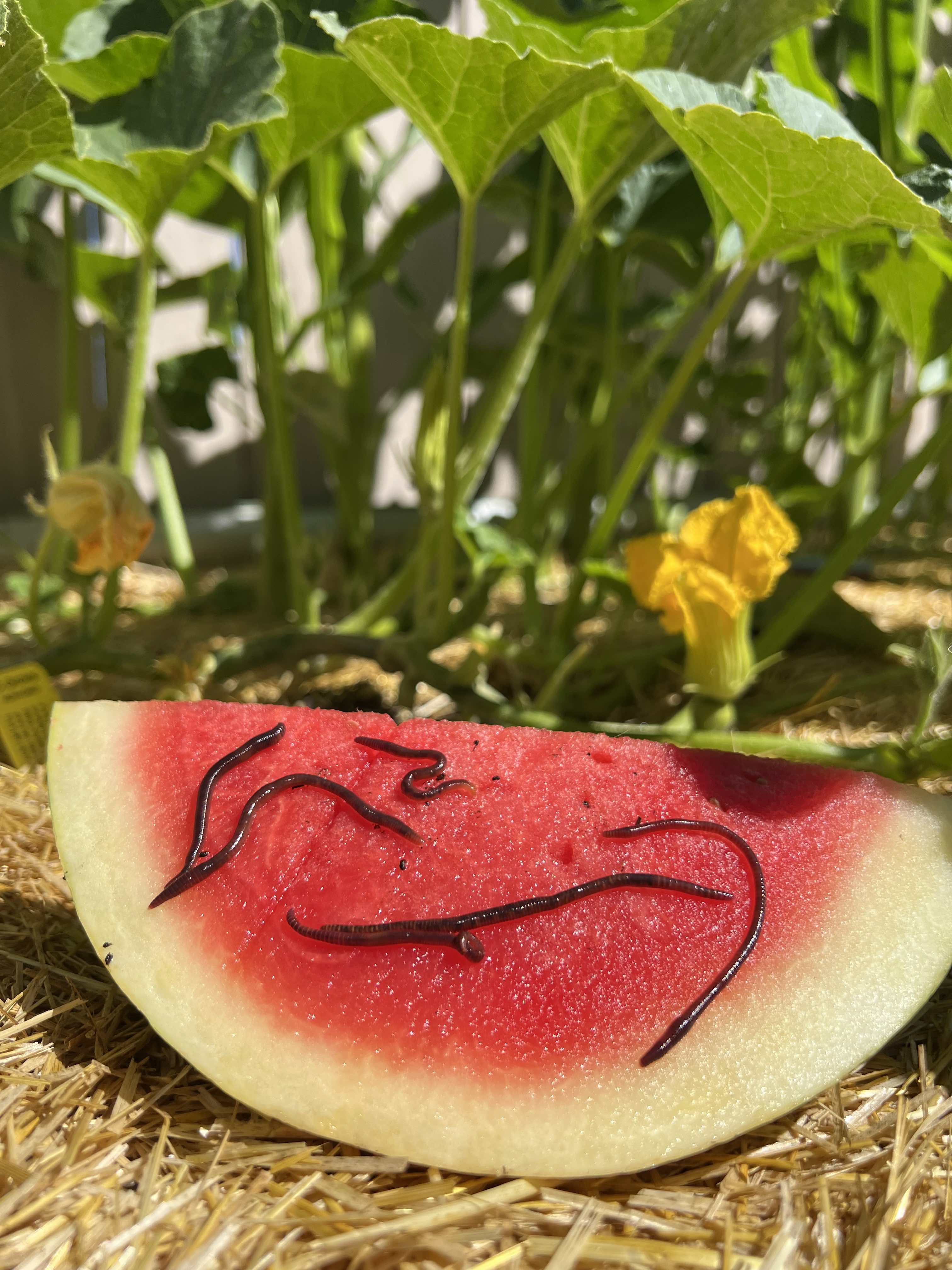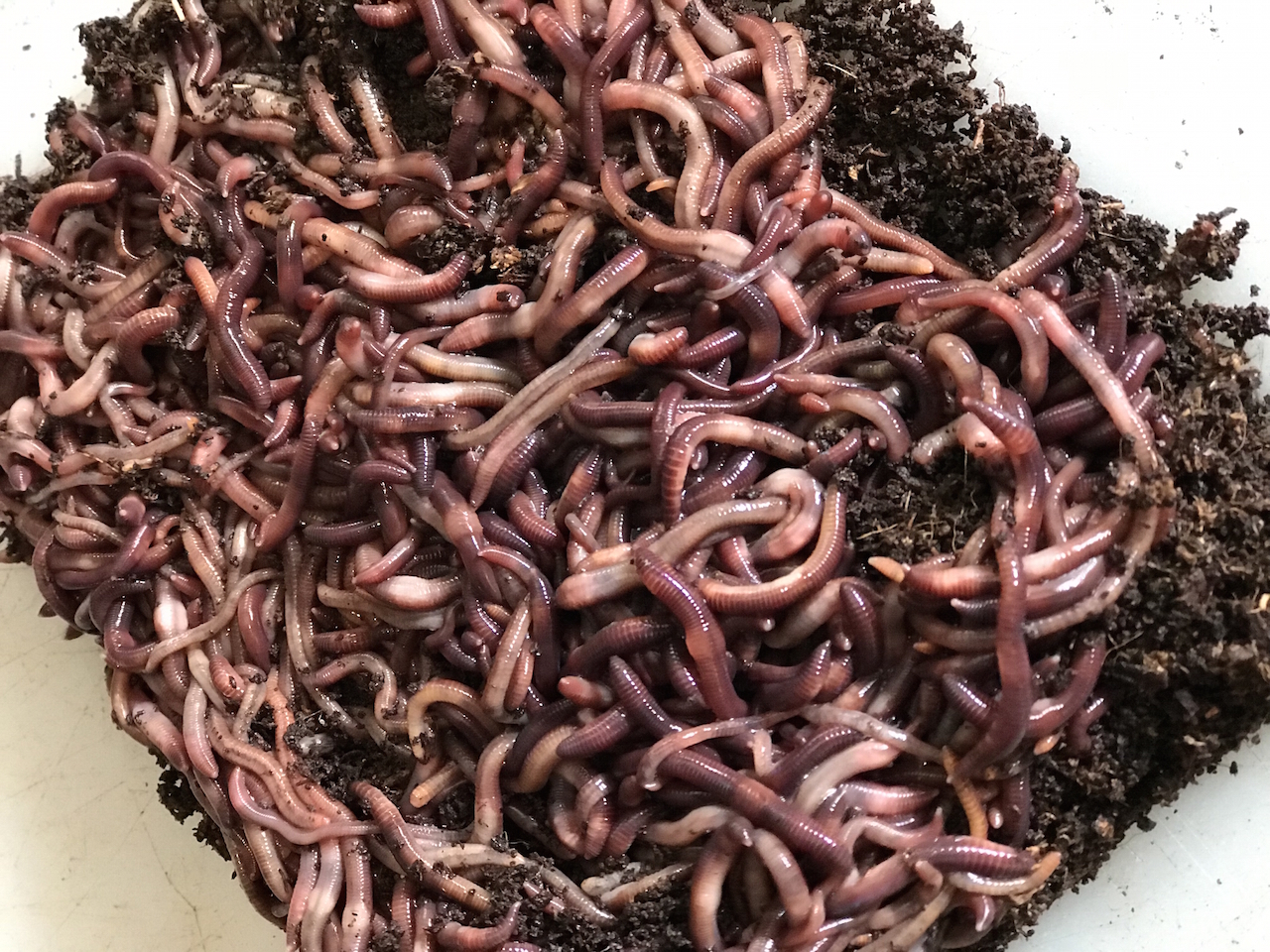Red Wiggler Worms Demystified: Opening the Keys of Vermiculture for Greener Living and Nutrient-Rich Soil
In the world of sustainable methods for enriching dirt high quality and advertising eco-conscious living, red wiggler worms play a pivotal yet commonly neglected function. Red Wiggler Worms. Understanding the complexities of caring for these worms, enhancing their setting, and utilizing their spreadings can lead to a greener lifestyle and much healthier dirt for plants to flourish.
The Function of Red Wiggler Worms
Red Wiggler worms play an essential function in composting systems by successfully breaking down organic issue right into nutrient-rich castings. These ravenous eaters consume a range of natural products, such as kitchen scraps, yard waste, and paper products. As they feed, the worms' gastrointestinal procedures damage down the natural matter into a fine, dark, and nutrient-dense product called worm castings or vermicompost.
The castings produced by Red Wiggler worms are extremely helpful for soil wellness and plant development. They are rich in necessary nutrients like nitrogen, phosphorus, and potassium, which are crucial for sustaining healthy and balanced plant growth. In addition, worm spreadings have helpful germs and enzymes that aid boost dirt framework, boost water retention, and boost nutrient uptake by plants.
Advantages of Vermicomposting

Moreover, vermicompost, the nutrient-rich final result of vermicomposting, functions as an outstanding natural fertilizer and dirt conditioner. It boosts soil framework, enhances dirt oygenation, and increases soil wetness retention. These properties add to much healthier plants with stronger origin systems and much better resistance to illness and parasites. Vermicompost likewise enhances the dirt with important nutrients like phosphorus, nitrogen, and potassium, advertising plant growth and overall soil fertility.
Furthermore, vermicomposting supports sustainable gardening methods by giving a all-natural and chemical-free alternative to artificial fertilizers. Red Wiggler Worms. This eco-friendly technique not only enriches the soil yet additionally helps minimize reliance on harmful chemicals, promoting a greener and much more sustainable method of horticulture
Establishing Up a Worm Bin
When establishing a worm bin for vermicomposting, correct configuration is critical to guarantee the success of the composting process. The very first step in setting up a worm container is choosing an appropriate container.
After adding the bed linens, introduce the red wiggler worms to the container. It is suggested to start with a tiny number of worms and progressively boost as they multiply. The worms must then be provided with food scraps such as go to website vegetables and fruit peels, coffee grounds, and eggshells. It is vital to stay clear of including meat, dairy products, oily, or salty foods to stop drawing in insects and developing unpleasant odors.
Routinely keep track of the dampness levels and temperature level in the worm bin to make certain optimum conditions for the worms. With appropriate setup and upkeep, the worm container will efficiently transform natural waste right into nutrient-rich compost for your plants and yard.
Collecting Worm Castings
To successfully collect nutrient-rich worm spreadings from your vermicomposting system, a methodical harvesting approach is important. When it comes time to collect the worm castings, there are a few vital steps to comply with to ensure a successful procedure. Stop adding fresh food scraps to one side of the worm container for a couple of weeks before gathering. This urges the worms to move to the side with fresh bedding and food, making it much easier to scoop out the spreadings from the opposite side.

Troubleshooting Common Issues
Identifying and addressing typical challenges that might develop during the vermicomposting procedure is critical for preserving a efficient and healthy worm container. Adding excess food scraps can lead to a buildup of dampness and acidity in the worm container, possibly hurting the worms. Another concern is undesirable odors originating from the worm bin.
Furthermore, if the worm population is decreasing or the worms appear harmful, maybe because of ecological stressors such as severe temperature levels or pH levels. Monitoring these aspects and making official site necessary modifications is essential for the wellness of the worms. By repairing these common concerns quickly, vermicomposters can make certain a smooth and successful vermicomposting procedure while maintaining a growing browse around this site worm population.

Verdict
In final thought, red wiggler worms play a critical duty in vermiculture by damaging down organic issue right into nutrient-rich soil. Setting up a worm container is essential for effective vermiculture, and gathering worm castings offers valuable garden compost for gardening.
As they feed, the worms' digestive procedures break down the natural issue into a penalty, dark, and nutrient-dense material known as worm spreadings or vermicompost.
The castings produced by Red Wiggler worms are highly useful for soil wellness and plant growth. Including excess food scraps can lead to an accumulation of moisture and level of acidity in the worm container, potentially damaging the worms.Furthermore, if the worm population is decreasing or the worms appear undesirable, it could be due to ecological stressors such as extreme temperature levels or pH levels. Establishing up a worm bin is crucial for successful vermiculture, and collecting worm spreadings offers useful compost for horticulture.